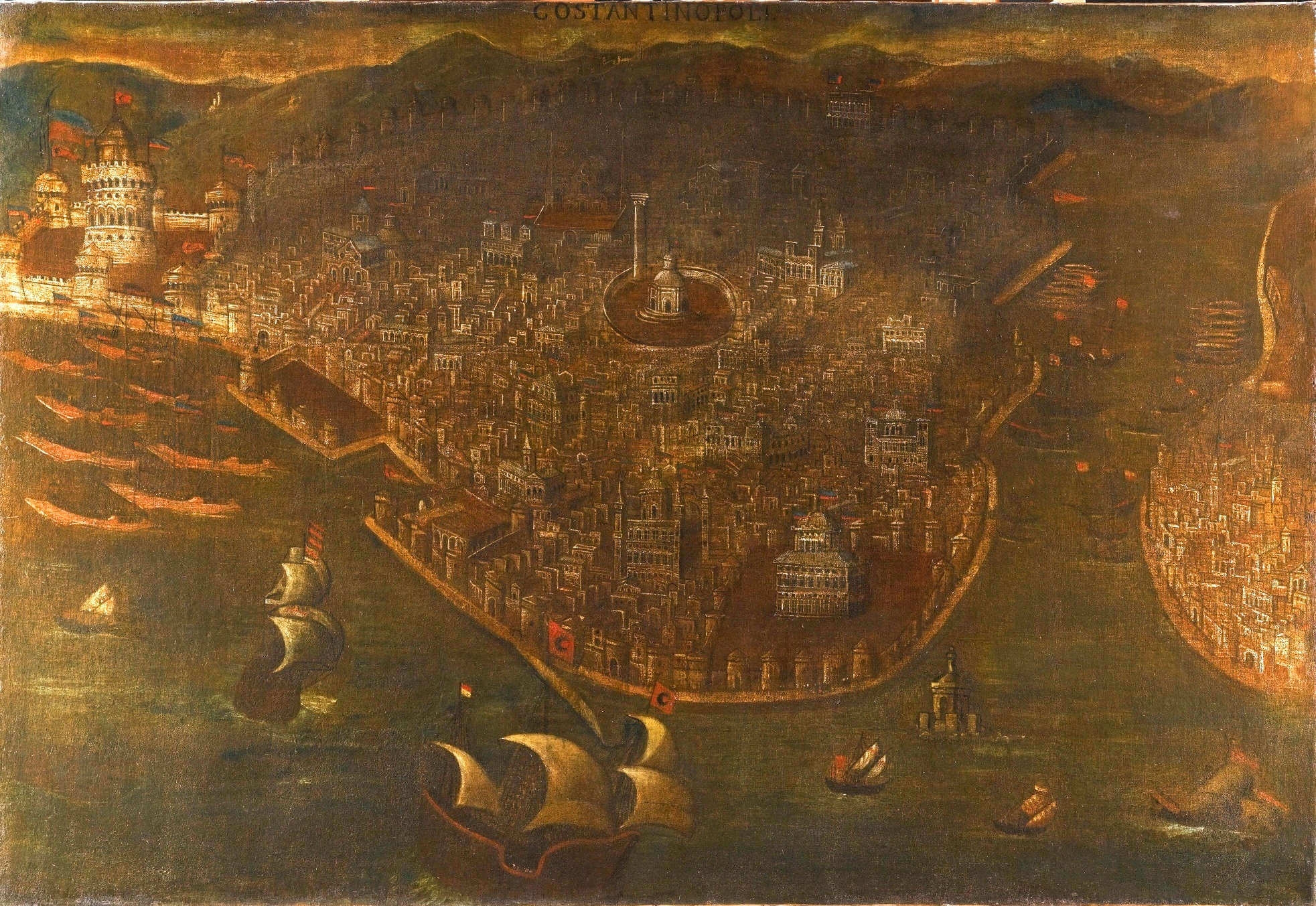Today, May 29, is the anniversary of the end of the Middle Ages. I know, I wouldn’t have thought you could pinpoint a time period like that so precisely, but this reasoning makes sense:
On this day [in 1453] the city of Constantinople fell to the Ottoman Empire after being under siege for almost two months. So, why is this specific turning point significant? Because of the fall of Constantinople, the Byzantine (Greek) scholars migrated away from Constantinople which had been their political center. This scattering encouraged studies of Greek culture outside of the Byzantine Empire and began a revival of learning based on classical Greek sources, which began the Renaissance.
The Wikipedia article on the Middle Ages gives some commentary as to the start and (variously considered) end dates:
The most commonly given starting point for the Middle Ages is 476, first used by Bruni. For Europe as a whole, 1500 is often considered to be the end of the Middle Ages, but there is no universally agreed upon end date. Depending on the context, events such as Christopher Columbus’s first voyage to the Americas in 1492, the conquest of Constantinople by the Turks in 1453, or the Protestant Reformation in 1517 are sometimes used. English historians often use the Battle of Bosworth Field in 1485 to mark the end of the period. For Spain, dates commonly used are the death of King Ferdinand II in 1516, the death of Queen Isabella I of Castile in 1504, or the conquest of Granada in 1492.
Happy 565th anniversary of the End of the Middle Ages!

